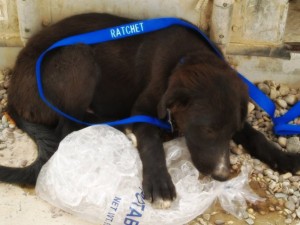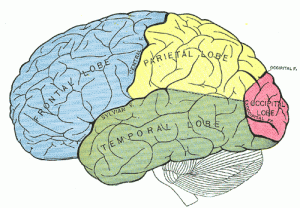 Cornell University College of Veterinary Medicine has developed a very good series of videos on how to give your cat a pill or capsule.
Cornell University College of Veterinary Medicine has developed a very good series of videos on how to give your cat a pill or capsule.
You can watch the whole video. It’s also broken down into segments:
- an introduction
- what to gather beforehand
- how to restrain your cat
- the finger method
- the pill-gun method
There are also a number of excellent tips:
- how to pill your cat without help
- what to do if your cat hides & how to keep the medicating of your cat from causing behavioral problems
- how to handle cats that are very difficult to restrain
- what to do if your cat keeps spitting out the pill
- what it means if your cat foams at the mouth after taking a pill
The tip to coat the pill in butter is a great one, especially for pills that are not already coated. I touched one pill to the tip of my tongue once when we were having a really hard time pilling a cat and that pill was one of the most bitter, lingering, awful things ever—blech. I would also add that you make sure you fingernails are trimmed short so you don’t jab the roof of your cat’s mouth when you push the pill to the back of its tongue. And finally, our cat, Raven, can wait a long time to swallow. We have found that blowing a puff of air in her face sometimes startles her into swallowing.
Don’t miss the instructional videos on how to trim your cat’s claws.


